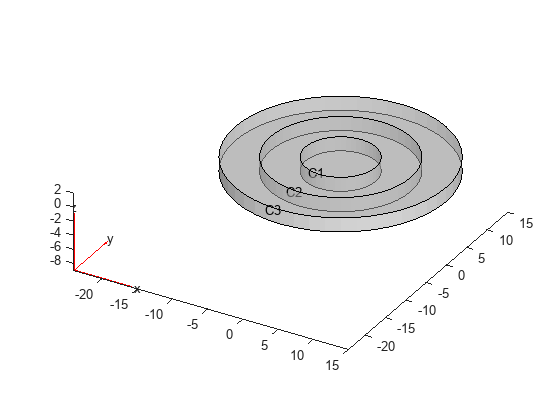findStructuralIC
(To be removed) Find initial displacement and velocity assigned to geometric region
findStructuralIC will be removed. Use
the CellIC, FaceIC, EdgeIC,
and VertexIC properties of femodel
instead. (since R2023a) For more information on updating your code, see Version History.
Description
sica = findStructuralIC(initialConditions,RegionType,RegionID)
